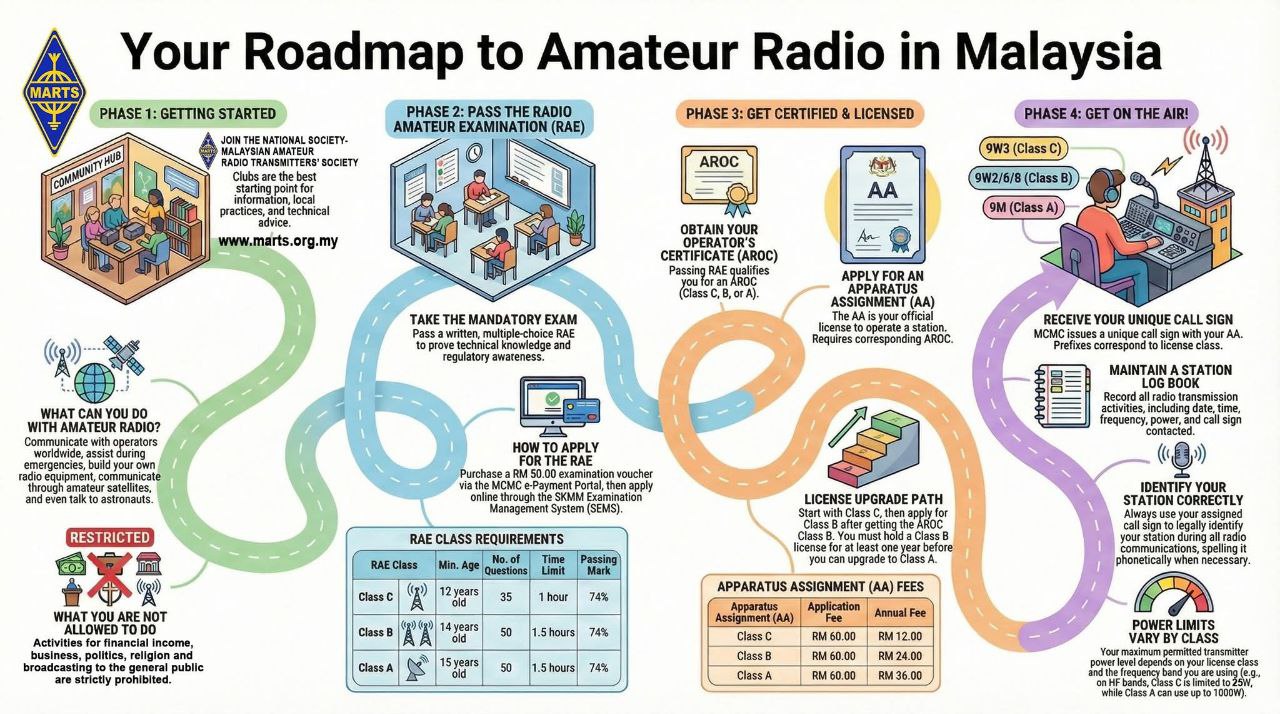A Comprehensive History of Malaysia’s Military
Early History
Pre-Colonial Period
The military history of Malaysia traces back to the ancient Malay kingdoms, such as Langkasuka, Srivijaya, and Majapahit. These early kingdoms, existing around the 2nd to 14th centuries, had their own forms of organized military forces primarily for defense and expansion. They relied on war elephants, infantry, and naval fleets to protect their territories and engage in maritime trade and warfare.
The Malacca Sultanate
The rise of the Malacca Sultanate in the 15th century marked a significant era in Malaysian military history. Malacca’s strategic location along the Straits of Malacca made it a vital trading port and necessitated a strong military presence. The Sultanate developed a formidable navy to protect its trading interests and fend off piracy. The military also played a crucial role in the Sultanate’s defense against external threats, including the Siamese and the Portuguese.
Colonial Era
Portuguese, Dutch, and British Conquests
In 1511, the Portuguese conquered Malacca, marking the beginning of European colonial influence in Malaysia. The Portuguese military built the A Famosa fortress to secure their control over the region. The Dutch ousted the Portuguese in 1641, and their military presence ensured the continuity of European dominance until the British took over in the late 18th century.
British Rule and Military Developments
The British East India Company established control over Penang in 1786, followed by Singapore in 1819 and Malacca in 1824. The British consolidated their power over the Malay Peninsula through treaties and military force, forming the Federated Malay States in 1896. The British established a more structured military presence, including the Malay Regiment in 1933, which was crucial during World War II.
World War II
The Japanese invasion of Malaya in 1941 during World War II exposed the weaknesses of the British military presence. The Japanese forces swiftly advanced through Malaya using innovative tactics like bicycle infantry, leading to the fall of Singapore in 1942. The Japanese occupation of Malaya lasted until 1945, after which the British regained control.
Post-War and Path to Independence
The Malayan Emergency
The post-war period saw the rise of communist insurgency led by the Malayan National Liberation Army (MNLA). The Malayan Emergency (1948-1960) was a guerilla war fought between Commonwealth forces and the communist insurgents. The British implemented the Briggs Plan, relocating rural populations to “New Villages” to isolate the insurgents. The Malayan Races Liberation Army (MRLA), the communist military wing, was eventually defeated through a combination of military action and socio-economic reforms.
Formation of the Federation of Malaya
On 31 August 1957, the Federation of Malaya gained independence from the British. The newly-formed country inherited a military structure from the colonial period, which it began to develop further. The Federation of Malaya Military Force (FMMF) was established, which later became the Malaysian Armed Forces (MAF) after the formation of Malaysia in 1963.
Modern Era
Confrontation with Indonesia (Konfrontasi)
Between 1963 and 1966, Malaysia faced military confrontation from Indonesia under President Sukarno, who opposed the formation of Malaysia. The conflict, known as Konfrontasi, involved cross-border raids and guerrilla warfare. The Malaysian military, supported by Commonwealth forces, managed to repel the Indonesian incursions and maintain the integrity of Malaysia.
Communist Insurgency (Second Malayan Emergency)
From the late 1960s to 1989, Malaysia dealt with another communist insurgency, primarily led by the Communist Party of Malaya (CPM). This period, known as the Second Malayan Emergency, saw the Malaysian military engaging in counter-insurgency operations. The signing of the peace agreement with the CPM in 1989 marked the end of major internal conflicts.
Modernization and Regional Security
In the post-Cold War era, Malaysia’s military focus shifted towards modernization and regional security. The Malaysian Armed Forces (MAF) underwent significant upgrades in terms of equipment, technology, and training. Malaysia also played an active role in regional security through its participation in ASEAN and various international peacekeeping missions under the United Nations.
Structure and Organization of the Malaysian Armed Forces
Malaysian Army
The Malaysian Army, the largest component of the MAF, is responsible for land operations. It comprises various regiments and corps, including infantry, armor, artillery, engineers, signals, and special forces. The army has undergone modernization to enhance its mobility and firepower, with acquisitions of new tanks, armored vehicles, and advanced weaponry.
Royal Malaysian Navy (RMN)
The RMN plays a crucial role in safeguarding Malaysia’s extensive maritime borders. The navy’s capabilities include surface warfare, anti-submarine warfare, and mine countermeasures. Recent developments have focused on enhancing naval assets with the acquisition of submarines, frigates, and Littoral Combat Ships (LCS).
Royal Malaysian Air Force (RMAF)
The RMAF is tasked with the defense of Malaysian airspace and providing air support to ground and naval forces. The air force operates a range of aircraft, including fighters, transport planes, and helicopters. Modernization efforts have included the procurement of advanced fighter jets, surveillance aircraft, and air defense systems.
Challenges and Future Prospects
Current Challenges
The Malaysian military faces several challenges, including budget constraints, aging equipment, and the need for continuous modernization to keep pace with regional military developments. Additionally, the strategic importance of the South China Sea and the ongoing territorial disputes require a robust and capable military presence.
Future Improvements
To enhance its military capabilities, Malaysia could focus on several areas:
- Increased Defense Budget: Allocating more funds to defense can ensure sustained modernization and maintenance of military assets.
- Technological Advancements: Investing in advanced technologies such as drones, cyber warfare capabilities, and artificial intelligence can provide a strategic edge.
- Strengthening Regional Partnerships: Enhancing military cooperation with neighboring countries and participating in joint exercises can improve interoperability and regional security.
- Human Resource Development: Emphasizing training and professional development for military personnel to ensure a skilled and motivated force.
- Domestic Defense Industry: Encouraging the growth of the domestic defense industry to reduce reliance on foreign equipment and foster self-sufficiency.
Conclusion
The military history of Malaysia is a rich tapestry of defense and resilience, from ancient kingdoms to modern-day armed forces. Throughout its history, Malaysia has faced and overcome numerous challenges through strategic military actions and alliances. As Malaysia moves forward, continued focus on modernization, technological advancement, and regional cooperation will be key to maintaining a strong and capable military force.






Post Comment